High-end current detection method based on power supply voltage of precision ultra-low power amplifier
The automobile engine cooling system is one of the six major systems of the engine. Its function is to dissipate part of the heat absorbed by the heated parts in time to ensure that the engine works at the optimum temperature.
The role of the car engine cooling system
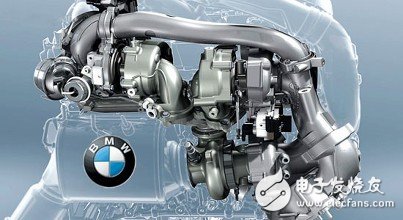
The purpose of establishing a cooling system in a car is to keep the engine operating at the proper temperature.
After the combustion of the mixture in the engine combustion chamber, high-temperature and high-pressure gas (about 800-2000 ° C) is generated. Therefore, the cylinder must be cooled, otherwise the moving parts are thermally expanded to break the normal gap, the mechanical strength is reduced and damaged, and the lubrication fails and is stuck.
If the cooling is excessive, the cylinder charge will decrease, the combustion will be abnormal, the power will decrease, the fuel consumption will increase, and the lubrication will be poor.
When the engine is working, the temperature of the gas in the cylinder can be as high as 1727~2527C. If it is not cooled in time, the temperature of the engine parts will be too high, especially the parts that are in direct contact with the high-temperature gas will affect the normal matching gap due to thermal expansion. The moving parts are blocked or even stuck. In addition, the high temperature also causes the mechanical strength of the engine parts to drop, causing the lubricating oil to lose its effect. The main function of the cooling system is to dissipate part of the heat absorbed by the heated parts in time to ensure that the engine works at the optimum temperature. The cooling system can be divided into air-cooling and water-cooling depending on the cooling medium. If the heat of the high-temperature parts in the engine is directly dissipated into the atmosphere, the cooling device is called an air-cooling system. The device that transfers the heat to the cooling water first and then to the atmosphere for cooling is called a water cooling system. Due to the uniform cooling of the water cooling system, the effect is good, and the engine running noise is small. Currently, the water cooling system is widely used in automobile engines.
Automotive engine cooling system
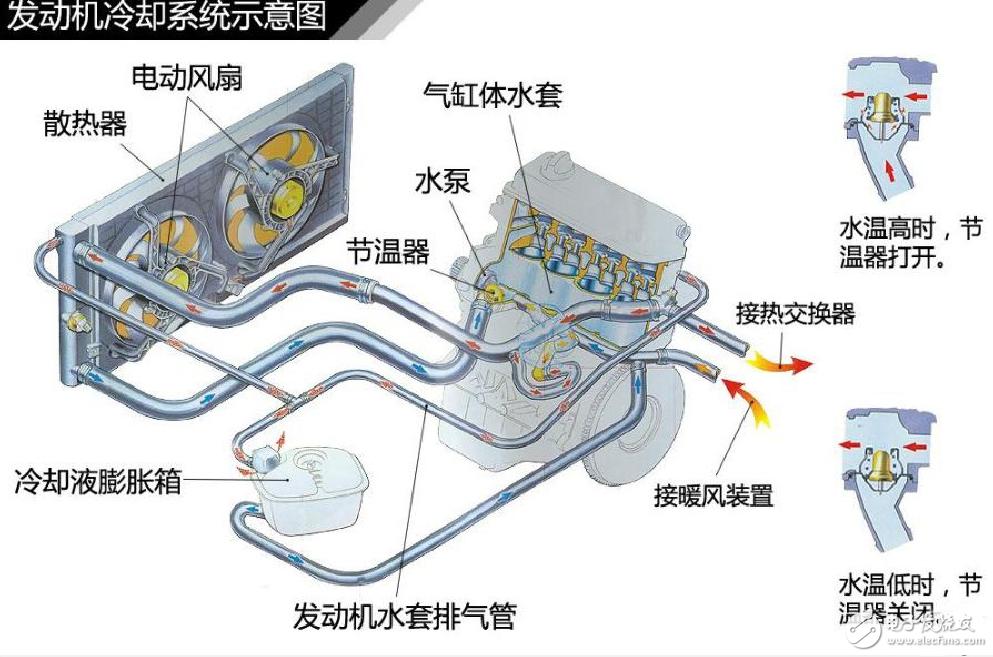
In the entire automotive engine cooling system, the cooling medium is a coolant, and the main components are a thermostat, a water pump, a water pump belt, a radiator, a cooling fan, a water temperature sensor, a liquid storage tank, and a heating device (similar to a radiator).
1) Coolant
Coolant, also known as antifreeze, is a liquid consisting of antifreeze additives and additives that prevent rust from metals and water. It requires antifreeze, corrosion resistance, thermal conductivity and deteriorating properties. Ethylene glycol is often used as the main component, and antifreeze added with anti-corrosion and water is added. The water for the coolant is preferably soft water, which prevents the scale of the engine water jacket from generating scale, causing heat transfer to be blocked and the engine to overheat. Adding antifreeze to the water while increasing the boiling point of the coolant can play an additional role in preventing premature boiling of the coolant. In addition, the coolant also contains a foam inhibitor, which can suppress the generation of foam under the agitation of the water pump impeller and hinder the heat dissipation of the water jacket wall.
2) Thermostat
From the introduction of the cooling cycle, it can be seen that the thermostat is determined to go "cold cycle" or "normal cycle". The thermostat is turned on after 80 ° C, and the opening is maximum at 95 ° C. The thermostat cannot be turned off, causing the cycle to enter the "normal cycle" from the beginning, which causes the engine to fail to reach or reach normal temperatures as quickly as possible. The thermostat cannot be turned on or turned on, which makes the coolant unable to circulate through the radiator, causing the temperature to be too high or normal when the time is high. If the overheating occurs due to the thermostat not being turned on, the temperature and pressure of the upper and lower water pipes of the radiator will be different.
3) Water pump
The function of the pump is to pressurize the coolant to ensure it circulates in the cooling system. The failure of the water pump usually causes leakage of the water seal, and the bearing fault causes the rotation to be abnormal or sound. In the event of engine overheating, the first thing to notice is the pump belt to check if the belt is broken or loose.
4) radiator
When the engine is working, the coolant flows in the radiator core, the air passes outside the radiator core, and the hot coolant cools due to heat dissipation to the air. There is also an important small part on the radiator, which is the radiator cover, which is easily overlooked. As the temperature changes, the coolant will “swell and contractâ€, and the internal pressure of the radiator will increase due to the expansion of the coolant. When the internal pressure reaches a certain level, the radiator cover will open and the coolant will flow to the reservoir; Lower, the coolant flows back into the radiator. If the coolant in the reservoir does not decrease and the level of the radiator is reduced, then the radiator cap will not work!
5) Cooling fan
During normal driving, the high-speed airflow is sufficient to dissipate heat, and the fan generally does not work at this time; however, when running at slow speed and in situ, the fan may rotate to assist the radiator to dissipate heat. The start of the fan is controlled by a water temperature sensor.
6) Water temperature sensor
The water temperature sensor is actually a temperature switch. When the engine inlet water temperature exceeds 90 °C, the water temperature sensor will turn on the fan circuit. If the cycle is normal and the fan does not turn when the temperature rises, the water temperature sensor and the fan itself need to be checked.
7) Liquid storage tank
The function of the liquid storage tank is to supplement the change of the cooling liquid and the buffer "thermal expansion and contraction", so do not overfill the liquid. If the reservoir is completely empty, you can't just add liquid to the tank. You need to open the radiator cover to check the liquid level and add coolant. Otherwise, the tank will lose its function.
8) Heating device
The heating device is in the car and generally is not a problem. It can be seen from the introduction of the cycle that this cycle is not controlled by the thermostat, so the heating is turned on when the vehicle is cold. This cycle has a slight delay on the temperature rise of the engine, but the impact is not so great, and there is no need to heat up the engine. Let people freeze. It is also because of the characteristics of this cycle that in the emergency situation where the engine is overheated, the window is opened and the heating is opened to the maximum, which will help the engine to cool down.
How does the car engine cooling system work?
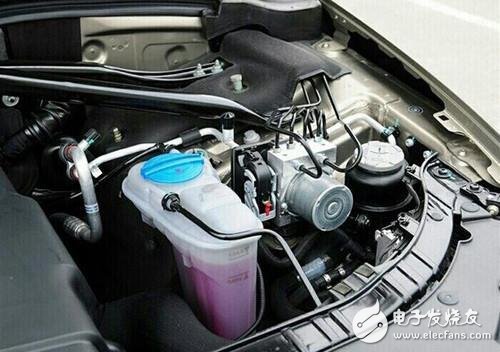
How is the car engine cooled?
After the car is started, the belt-driven water pump pressurizes the coolant to ensure that the coolant can circulate rapidly in the water jacket of the engine. The air is passed outside the radiator core by the principle of collision when the vehicle is running, and the hot coolant is cooled by the heat dissipation to the air. The cooled coolant is again introduced into the water jacket. Repeatedly to achieve cooling of the engine.
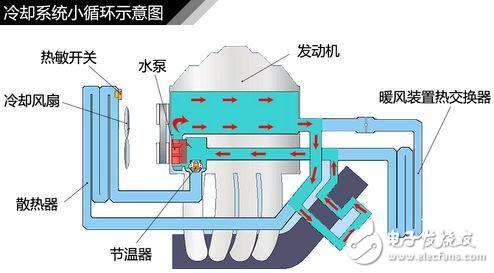
In the cooling cycle of the water-cooled engine, it can be divided into "small cycle" and "large cycle". A small cycle means that the cooling water circulates only in the engine, while in the large cycle, the cooling water circulates between the engine and the heat exchanger (water tank). When the engine is cold, the temperature is low. At this time, a small amount of cooling water is used in the engine for a small cycle, so that the engine can reach the working temperature quickly. Once the engine reaches the working temperature, the temperature control valve that controls the conversion of large and small cycles (commonly known as water turtle) It will be turned on, allowing the cooling water to flow into the water tank to let the air go tropical. The higher the engine temperature, the greater the degree of water turtle opening, and the greater the flow of cooling water, so that more heat is taken away. The circulation of the cooling water is driven by the pump, and the pump is driven by the operation of the engine, so the higher the engine speed, the higher the efficiency of the pump.
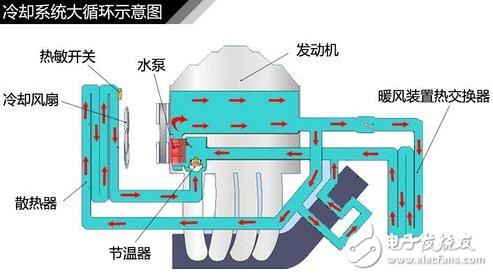
When the engine is running, the water pump rotates, increasing the pressure of the coolant and forcing the coolant to circulate. The circulating coolant takes away the heat of the engine block, cylinder liner, cylinder head and other parts; when the coolant temperature does not reach the opening temperature of the thermostat, the coolant will pass through the water circulation pipe and re-enter the cylinder directly from the water pump. As the coolant avoids unnecessary cooling, the temperature will rise rapidly. When the temperature of the coolant reaches the temperature at which the thermostat is turned on, the thermostat valve closes the bypass water passage of the small circulation tube, and the coolant will flow through the thermostat into the upper water chamber of the radiator, and the air flow forced by the fan is forced by the air flow. Cool down and lose some heat. The coolant whose temperature has dropped is left in the radiator's lower water chamber, and the pump is pumped into the cylinder to re-enter the cooling cycle. When the on-board warm air device is turned on, part of the hot water is taken out from the water outlet copper pipe on the cylinder head under the action of the cooling system pressure, and enters the warm air radiator, and flows through the heater radiator under the action of the heater fan. The heat carried by the coolant of the water core is taken away by the wind blown by the fan of the heater fan, and the hot air is blown to the wind window through the air supply duct for defrosting or blowing out from the damper for heating in the cab. The coolant cooled by the heater radiator is returned to the water inlet pipe through the outlet pipe and re-entered the cycle. If the flow of liquid in these pipes is smooth, only the liquid in contact with the pipe will be cooled directly. The amount of heat that is transferred from the pipe to the pipe depends on the temperature difference between the pipe and the liquid that contacts the pipe. Therefore, if the liquid in contact with the pipe is cooled rapidly, less heat will be transferred. By making turbulence in the pipe, mixing all the liquid, the liquid in contact with the pipe is kept at a high temperature to absorb more heat, so that all the liquid in the pipe is effectively utilized.
Conclusion
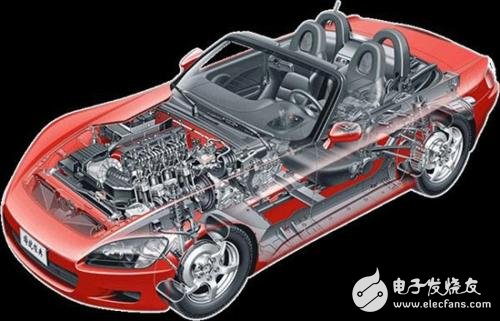
Modern automotive engine cooling system design (automobile engine maintenance) should consider the following factors: friction loss inside the engine; power of the cooling system pump; combustion boundary conditions, such as combustion chamber temperature, charge density, charge temperature, etc. Understand the working principle of the car engine cooling system, and consider each influencing factor to help design a car engine cooling system with better performance.
We are supplier of Disposable Vapes 3000 puffs also distributor a lot of brand. We offer full range of 3000+ Puffs Disposable Vapes, You'll find all Disposable Vape on tsvaping.com.
Disposable Vape 3000 Puffs FOLI BAR Factory Wholesale ;
We offer full range of 3000+ Puffs Disposable Vapes.tsvaping has served thousands of vape wholesalers from worldwide since 2018. Is your e-cigarette wholesale good partner.
The FOLI BAR 3000 Puffs Disposable Vape Wholesale Pen Device is a great way to enjoy your favorite nicotin salt e-liquids.
Wholesale vape 3000 puffs rechargeable disposable Vape Pen . Short Description: Model Number, air glow fun. Brand Name, FOLI. Origin from China.
Vape 3000 Puffs,Hqd Vape Flavors,Hyde Vape Puffs,Flash Vape Pen
tsvape , https://www.tsvaping.com